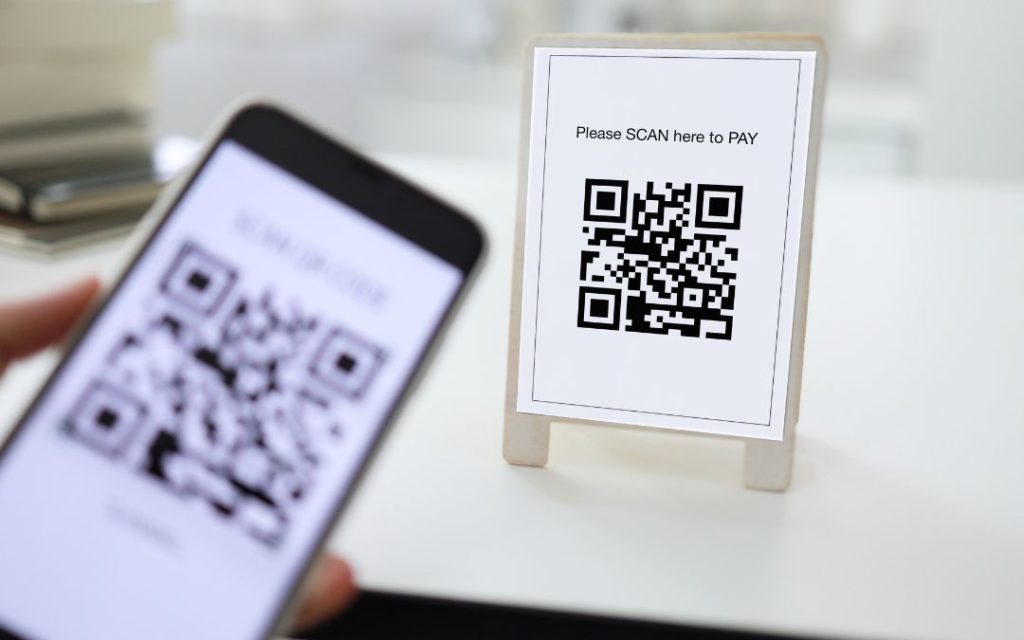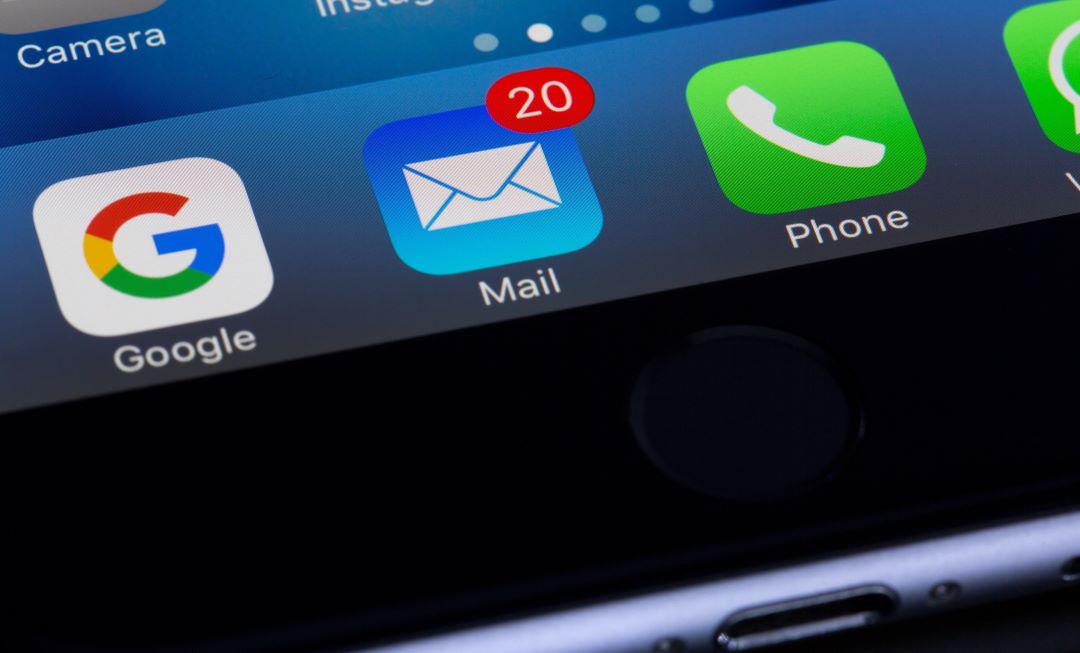
Digital tools have become an indispensable part of modern life. From QR codes to contactless payments, these technologies help us do things quicker and easier.
And what’s not to like about that?
However, with increased convenience comes heightened risk. As digital tools become more prevalent, so do the associated security threats.
This article explores how to balance the convenience of digital tools with the necessity of robust security practices.
Understanding the Risks
Common Digital Threats
As digital tools become more common, so do the associated risks. Each technology carries specific vulnerabilities:
- QR Code Scams: Scammers can place fake QR codes in public places, redirecting users to malicious websites or fraudulent payment portals.
- Contactless Payments: Though convenient, these payments are susceptible to skimming attacks, where criminals steal card information through wireless technology.
- Digital Wallets: If not secured properly, digital wallets can be hacked, exposing sensitive financial information.
- Smart Home Devices: These can be vulnerable to hacking, allowing unauthorised access to personal data and even control over home systems.
Recent studies show a significant increase in digital security breaches, with 50% of businesses in the UK experiencing some sort of breach or attack in the last 12 months.

Practical Safety Measures
Here are some practical steps to enhance your digital security:
General Digital Safety Practices
- Strong, Unique Passwords: Use complex passwords that are unique for each account. Employ a password manager to generate and store them securely.
- Two-Factor Authentication (2FA): Enable 2FA on all accounts to add an extra layer of security. This helps protect your accounts even if your password is compromised.
QR Code Safety Tips
- Verify the Source: Check the QR code’s context to ensure it is from a trusted source. For example, if it’s on a poster or flyer, ensure it’s from a reputable organisation.
- Check URLs: When a QR code redirects you to a URL, examine it for legitimacy. Look for correct spellings and familiar domain names (e.g., .com, .org).
- Use Reliable QR Scanner Apps: Use apps, like Blackcloak or QR Scanner, that check for malicious content before opening a link.
- Avoid Public Wi-Fi: When scanning QR codes in public places, avoid using public Wi-Fi to reduce the risk of additional threats.
Contactless Payments
- Secure Payment Methods: Use payment methods that offer encryption and fraud detection. Be cautious in public places and ensure your card is within sight when making transactions.
- Monitor Transactions: Regularly review your bank statements and transaction history to identify and report any unauthorised activities quickly.
- RFID Shields: Consider an RFID shield to make your device resistant to unauthorised access.
Digital Wallet Security

- Enable Security Features: Activate biometric authentication (fingerprint or facial recognition) and set strong, unique passwords. This adds an extra layer of protection to your financial information.
- Monitor Activity: Frequently check your digital wallet for any unusual or unauthorised transactions. Enable notifications for every transaction to stay informed in real-time.
Smart Home Device Security
- Update Firmware: Keep your smart home devices updated with the latest firmware to protect against newly discovered vulnerabilities.
- Use Strong Passwords: Set strong, unique passwords for each device and avoid using default passwords. Consider using a password manager to keep track of them.
General Mobile Device Security
- Security Software: Install mobile security software that offers real-time protection, scans for malicious apps, and ensures safe browsing. Features like anti-phishing and anti-malware are crucial.
- Regular Updates: Keep your device’s operating system and apps updated to protect against the latest threats.
Implementing these safety measures can significantly reduce the risk of digital threats and help maintain secure and convenient digital practices.
Future of Digital Security
Emerging Technologies
As technology continues to evolve, new tools are being developed to enhance digital security while maintaining convenience. Blockchain technology offers secure transactions by creating a decentralized ledger that is difficult to tamper with. Artificial Intelligence (AI) is increasingly effective detecting and responding to threats in real time, improving overall security measures.
Trends and Predictions
The future of digital security will probably focus more on using AI and machine learning to spot and stop threats before they happen. Also, biometric authentication methods like facial recognition and fingerprint scanning will become more common, making it easier and safer to verify identities. Companies need to keep up with these changes and update their security plans to stay protected.
Key Takeaways
Embracing digital tools for their convenience requires a vigilant approach to security. It’s not just about staying safe; it’s about smart, strategic adoption of technology
Operum Tech is here to guide you through this balance, offering expert support and solutions to keep your business secure. As digital threats evolve, staying proactive and informed about safe digital practices is your best defence.
Ready to fortify your digital practices? Reach out to Operum Tech today and take the first step towards a more secure, efficient future.
Sign up below to join the Operum newsletter



